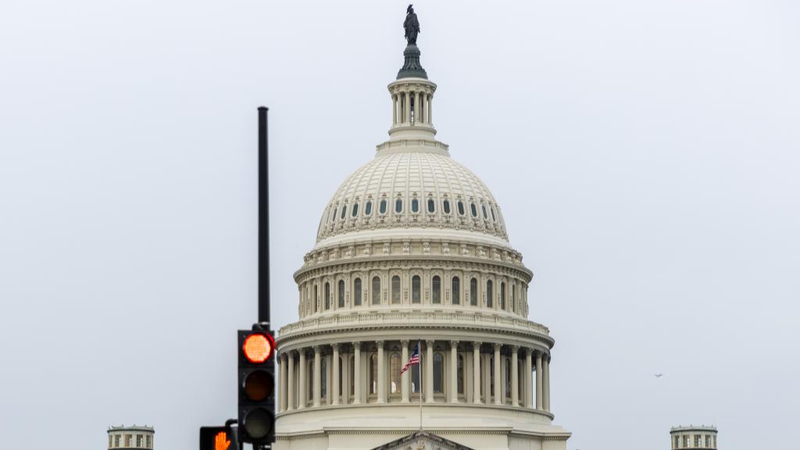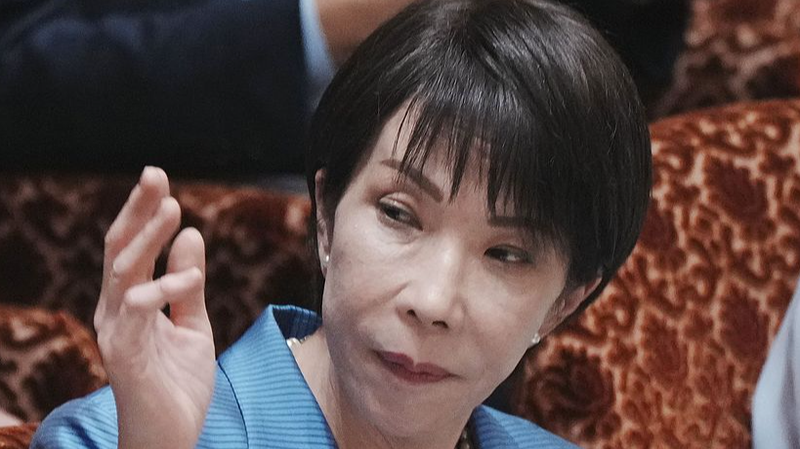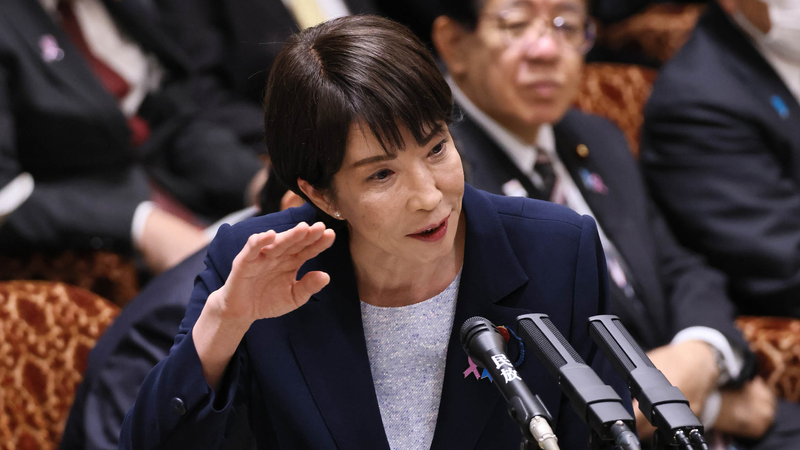On September 30, 2025, the U.S. Senate failed to pass a temporary appropriation bill, plunging the federal government into its first shutdown since 2018. As of October 1, non-essential services paused and thousands of workers faced furloughs.
For many Americans, this shutdown is more than partisan politics – it's a direct hit on daily life. Federal employees, small-business owners, and travelers reported delays and uncertainty, while economists warned of a weekly cost of $7 billion to the economy.
The last major shutdown in 2018-2019 stretched 35 days, costing an estimated $3 billion in GDP and affecting around 300,000 furloughed workers. Today, projections suggest the stakes are even higher, fueled in part by political debates over workforce reductions and spending priorities.
Both Republicans and Democrats bear responsibility, critics say. Voters now have the power to decide which party deserves the blame, as community leaders and influencers urge transparency and accountability. Young global citizens, entrepreneurs, and changemakers are watching closely, recognizing how U.S. budget battles can ripple through international markets and supply chains.
Looking ahead, the shutdown highlights a growing global impatience with gridlocked governance. From tech startups monitoring funding fluctuations to digital nomads tracking visa processing times, people around the world feel the effects. The path out of this impasse will require dialogue across party lines and a willingness to put public interest before political gain.
As Americans ready for midterm elections next year, the shutdown could become a defining moment, shaping the narrative around fiscal responsibility and leadership. One thing is clear: the ultimate verdict belongs to the voters.
Reference(s):
Republicans, Democrats to blame for U.S. government shutdown
cgtn.com




